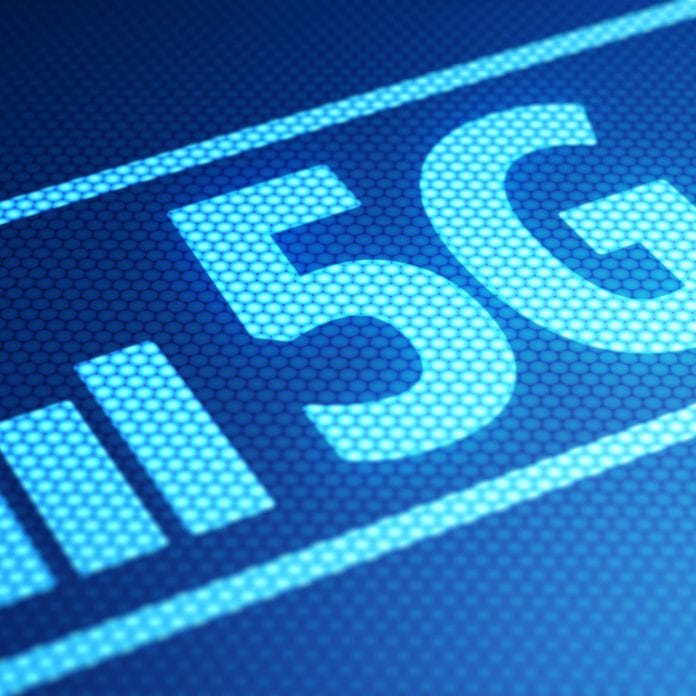Using AI-driven analytics to please customers and streamline operations in a 5G world
Every day we’re being bombarded with emails, blogs, and vendor dissertations about 5G addressing everything from new media delivery to gigabit speed to mobile devices. With seemingly limitless bandwidth possibilities, the value-add of moving to 5G is clear, but let’s consider the implications this type of network will bring with it. The number of cell sites and managed devices will grow dramatically, and it’s unclear if the network designs of today can handle them.
Dealing with a new level of complexity and potential for failure in operations
The true vision of 5G is that it will provide both mobile service at gigabit speeds and wireless fixed broadband, driven primarily by the inclusion of new radio access types and spectrum bands to form a single 5G network. This will add tremendous complexity to existing wireless networks. As an example, the addition of new customer premise equipment (CPE) may be needed for a mobile provider to deliver video media in the home. CPE devices may include wireless set-top boxes (or dongles), wireless routers, and wireless bridges that relay super high frequency (e.g. 30Ghz) signals from the outside to the inside of the home. These wireless relays may become commonplace as CSPs begin to leverage higher frequency spectrum that has a very difficult time penetrating walls and windows. As higher and higher frequency spectrum is used, the RAN design must change. CSPs that may have been operating 70,000 cell sites will soon find themselves running hundreds of thousands of cell sites. The addition of new CPE further complicates operations by growing the number of managed devices 10x-100x and each of these devices will generate thousands of pieces of data. Now consider the endless number of failures per day that can happen to the 10’s of millions of new devices. It becomes clear that today’s operations practices and systems will not be able maintain the level of service expected to retain current customers or win new ones.
What should operators do?
As CSPs prepare for 5G, the ones who will to be successful over the long term will focus on introducing advanced network operations and customer experience systems into the network. The increased number of network elements, coupled with the increased number of devices connected, will make it nearly impossible to run a 5G network without the assistance of AI-driven analytics.
New consumer apps will drive a dramatic shift in the network. As augmented reality and virtual reality apps become more prolific, and the consumer demand for these apps will further bandwidth consumption and increase variability in the network. This will drive the need for higher density compute and storage systems that are deployed closer to the consumer themselves, at the edge of the network. Smaller, decentralized data centers will be needed to support burst capacity for everything from network to services. The deployment of NFV and SDN and the virtualization of what used to be discrete hardware-based systems to applications spread across compute systems located all over the country rather than in a single building, will further the need for intelligence management through analytics. The next generation of AI-based tools is needed to predict service impacting failures and automatically trigger workflows to remediate the issues preventing customer impacting events.
Additionally, we are seeing a big shift in customer expectations. Ever try to call Google for support on Gmail? You simply cannot. From the very beginning, many of our favorite content providers have developed customer self-service systems coupled with sophisticated analytics and automation to create consistent service for their customers, at any time of the day. CSPs will be pushed in the same direction. 5G represents not only a significant network transformation, but also a transformation point in customer engagement and network operations.
In order to make this transformation possible, CSPs will need an analytics framework that will augment existing data lake deployments by adding a rich set of analytics and application accelerators to extract and utilize data stored in the data lake, add data that is missing, and quickly create analytics applications that address critical business issues. The need to create apps that can rapidly access data in real-time is critical to make the transition to 5G and true transformation a reality.
Using AI-driven analytics to change how you engage with customers using 5G
Accessible data will change not only how CSPs operate their networks but also how they engage with customers. In a typical scenario today, the customer service, marketing, and network operations are all separate departments and do not share data among themselves. From a customer perspective, this results in siloed interactions and the customer may have very different experiences with each department. The marketing department may be trying to upsell a customer a new feature or service when all they want is their basic connectivity fixed. Using analytics, the data from the network is easily democratized allowing all interested departments to leverage both raw and processed data to easily see the customer as a whole. Each department will have visibility into the complete customer journey and then can create department specific applications as needed.
Next generation network operations systems will easily analyze trillions of pieces of data that are being generated by servers, applications, radios, routers, switches, SIMs, IOT Modules, and CPE seamlessly. These analyses will be able to see small changes in the normal patterns to identify those early warning indicators of impending failures. With this information, the CSPs will have the opportunity to triage the data, prioritize workloads, and employ systems for customer self-service. In addition to predicting failures, analytics will help operations teams pinpoint the systems that may be causing the issues faster. By proactively engaging with the customer, many customer calls and trouble tickets can be avoided and technicians will only be dispatched in the most optimal way. This will drive higher customer sat through increased uptime, higher quality service and a better overall experience.

